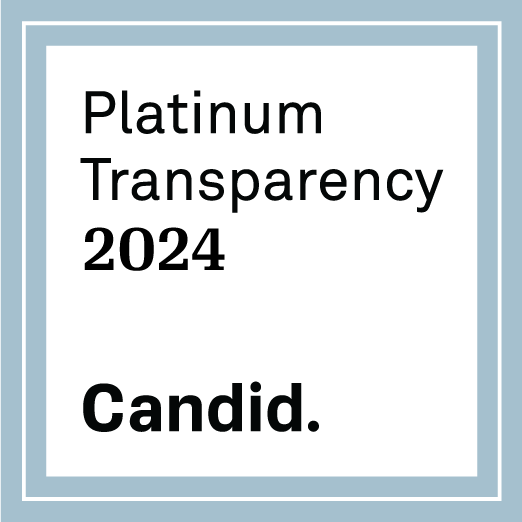|
Categories
Categories
All
Archive
Archives
July 2024
|
Perhaps you established a donor-advised fund at the community foundation years ago, or you set up a donor-advised fund more recently. Or maybe you are considering establishing a donor-advised fund at the community foundation this year to help you keep your giving more organized and involve your children and grandchildren in your philanthropic priorities. Whatever the case may be in your situation, it’s a great idea to consider a few best practices for ensuring that your donor-advised fund is making the biggest difference possible for the causes you care about. Life gets busy, the months fly by, and it's tempting to put your donor-advised fund on autopilot. But that would be a missed opportunity. By now, you likely know that a donor-advised fund at the community foundation offers the convenience of a one-stop-shop: You make tax-deductible contributions of cash (or, ideally, appreciated stock) to the fund, and then recommend grants to your favorite charities. Make sure you’re leveraging your donor-advised fund to execute the full range of your charitable giving each year. You’ll find it so much easier to keep track over time of where you’re giving, and how much.
As the hub of your charitable giving, the community foundation certainly makes it easy for you to use your donor-advised fund for your annual giving to charities. But that’s not all. As you work closely with the community foundation, you’re likely to discover even more ways our team can support your philanthropic activities:
We hope you’ll consider your donor-advised fund–and your connection with the community foundation–as the hub of your philanthropy. The team at the community foundation is here to help you make the most of your donor-advised fund and related strategies so that you’re not only putting your money to work to improve the quality of life in our community, but you’re also achieving financial and philanthropic goals for your overall charitable giving. This article is provided for informational purposes only. It is not intended as legal, accounting, or financial planning advice. Comments are closed.
-->
|
Visit Us |
Contact Us
Office Hours: Monday - Thursday, 10am - 4pm
Remote/Virtual Hours: Friday, 10am - 4pm Meetings by Appointment |
Accredited by the National Standards for U.S. Community Foundations®
© Community Foundation of Grand Forks, East Grand Forks & Region. All rights reserved.
Privacy Statement | EIN: 45-0448088



